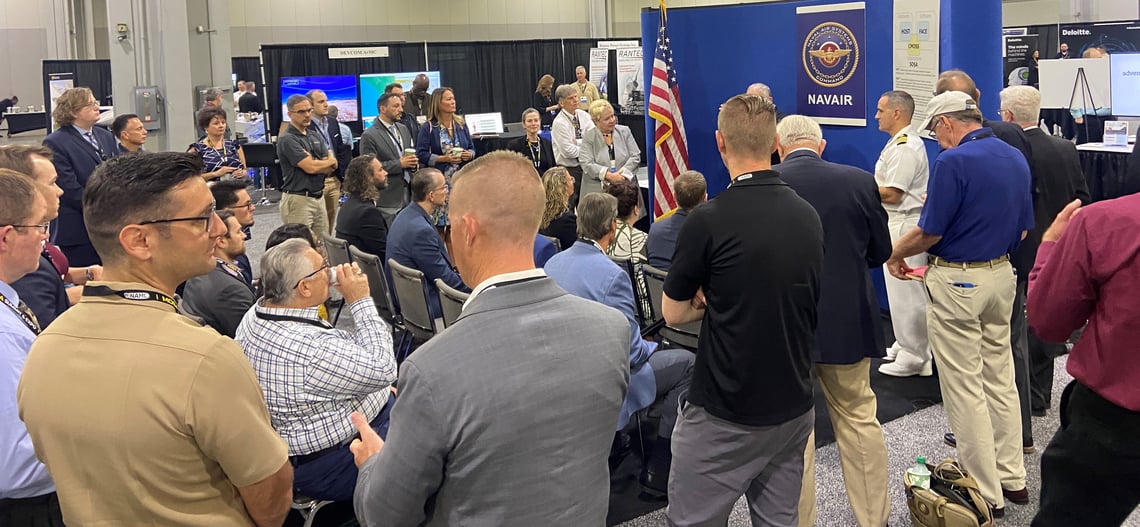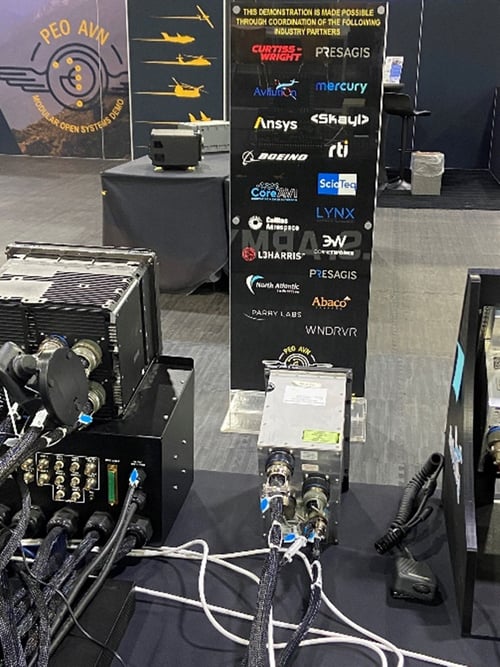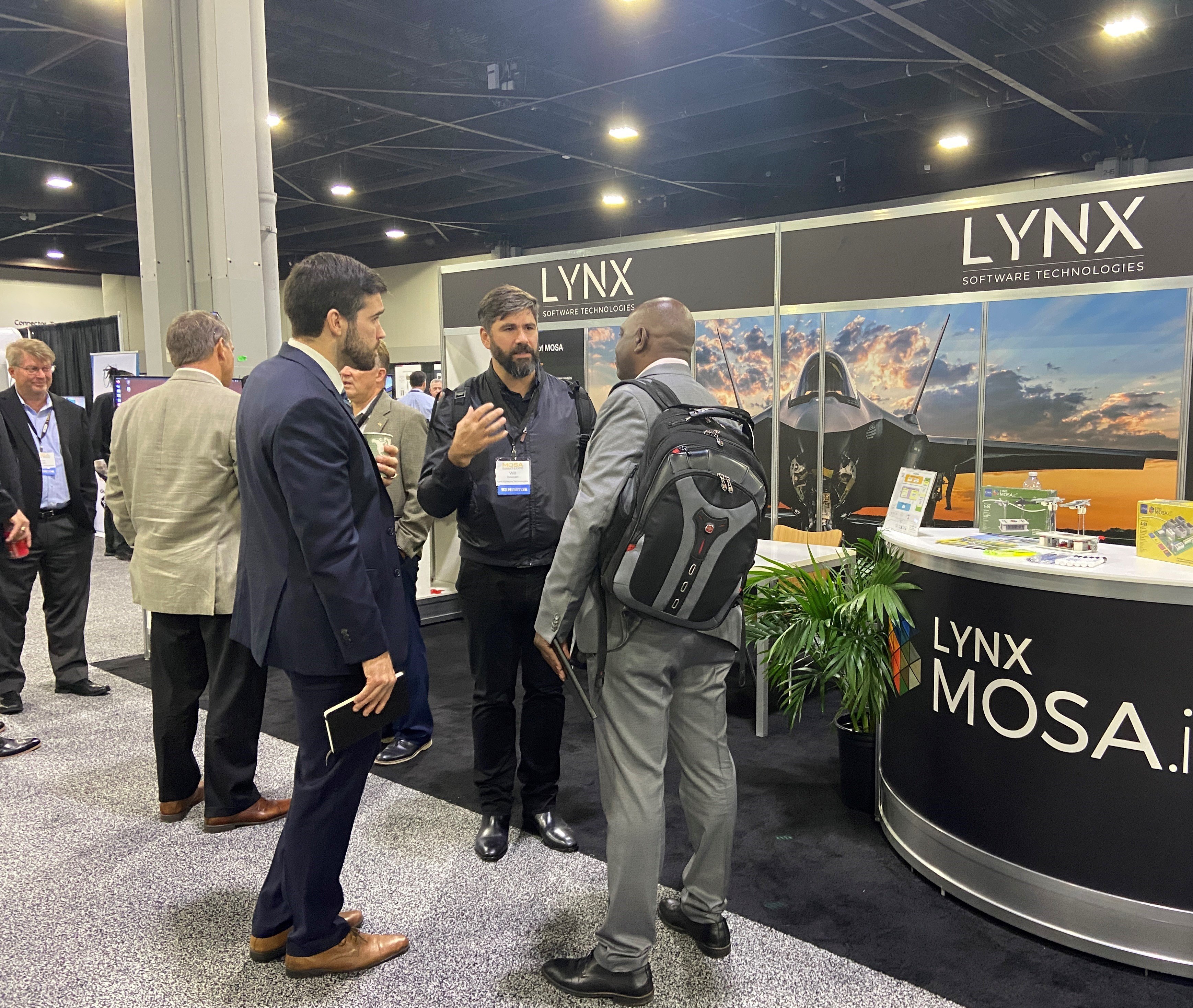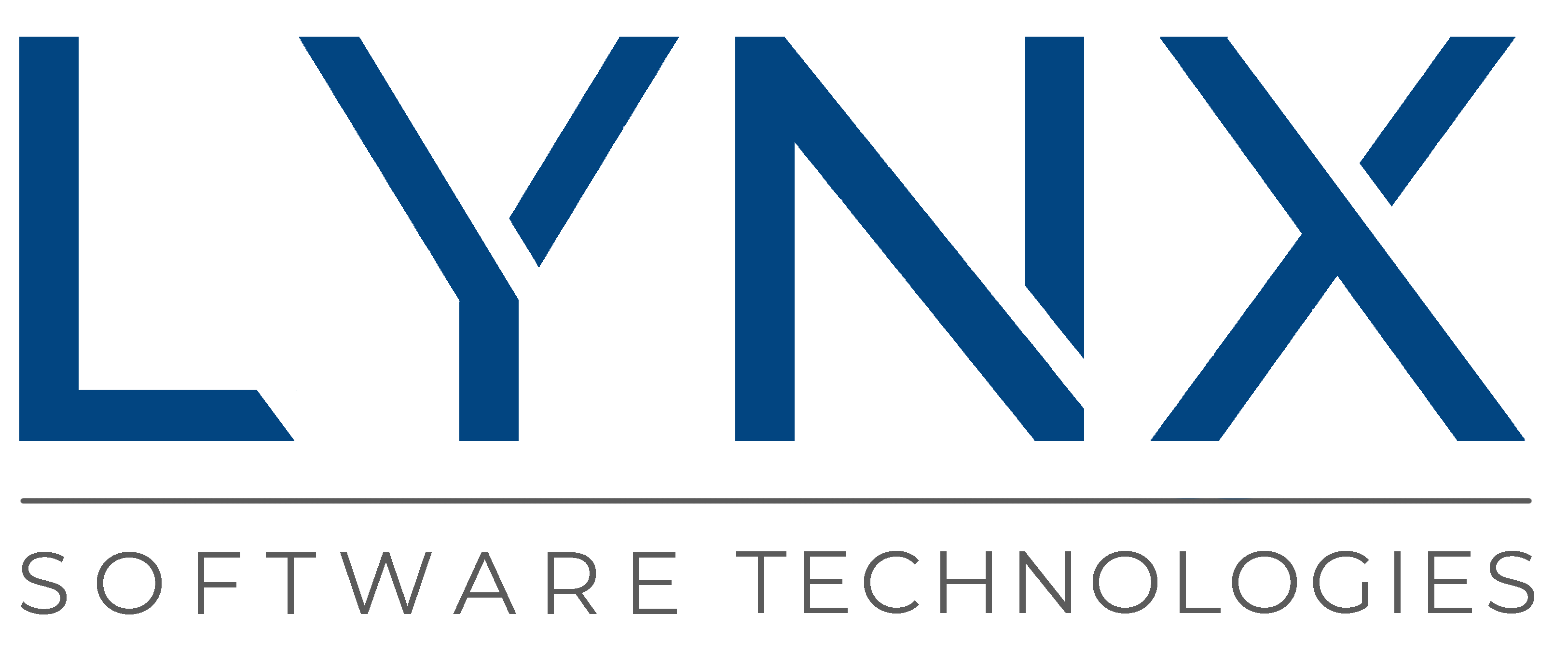I am certain that there will be some formal write-ups in the coming days from esteemed journalist channels like Military Embedded, but we thought we would share some of what we heard out of the inaugural MOSA Summit that took place September 18 and 19 in Atlanta.
From what I have read, about 2000 people registered for the event. The usual mix of keynotes and interesting demonstrations in the Expo as with any show. The clear focus was on aviation of course, and given the event title, the obvious statement is that there was a huge focus on modular open systems architecture (MOSA). Presentation after presentation from the US Army stated their commitment to enforcing new systems to align with this. Beyond this, I felt there were three main themes I heard as part of our conversations at our and others’ booths. All of this came from a desire to shrink program schedules. For us, there is no one magic bullet here. There is a set of initiatives that have to happen to reverse the worrying trend of program timelines moving out. The industry needs a significant “shift left” effort and all the companies I spoke to recognized that, were committed to it and were on the way to doing their part.

Open Standards
Beyond MOSA itself, the discussions got into the practicality of implementing FACE. The technical community realizes a “conformant” stamp is a starting point instead of an endpoint. As API specifications don’t define system behavior, the ecosystem must further push into system architecture to create safe and secure templates. One example is several companies that are working closely with the Army on developing the Component Specification Model (CSM) as part of the “Aviation Mission Computing Environment” (AMCE). More details can be found here on our MOSA webpage.
Digital Backbones
There was a great demonstration by GE Aerospace and Bell Flight showing how legacy subsystems can supply traffic across a network, connecting subsystems together deterministically and the role of system simulation in this effort.
Collaboration
With the huge challenge of delivering highly complicated programs in shorter and shorter timeframes, one company simply cannot do everything. Suppliers have to coalesce and create solutions together. Beyond “marketecture”, this has to be real testing of products together and, even better, providing that in a way that it can be delivered as a template around virtual environments to accelerate when work can start. This stand at the US Army PEO booth is an example. (See image to the right.)
|

|
|
For us, we were showing some integration work with three partners:
Avilution
A software start up with a collection of safety-critical microservices that promises to enable aircraft manufacturers and integrators to rapidly design and build a modern flight deck in a fraction of the time.
Learn more about Avilution here
Savi (previously Tucson Embedded)
A promising FACE Architecture Modeling Environment that we have been connecting to LYNX MOSA.ic
Learn more about Savi here
RunSafe Security
Providing an innovative cyber-hardening process that transforms vulnerable embedded systems and devices to disrupt attackers. They accomplish this by generating devices that are functionally the same but logically distinct, removing common vulnerabilities that attackers exploit to compromise multiple systems.
Learn more about RunSafe Security here
See our video about our partnership here
|

|
our speaking opportunity at the mosa summit
Lynx also had the opportunity to speak during the event on the challenge of the rapid evolution of the FACE technical standard to adequately assess the impact of changes on existing Department of Defense (DoD) acquisitions. By identifying the realities of DoD acquisitions, more informed collaboration can ensue and guide vested parties in the FACE Technical Standard with its continued maturation and application.
If you would like to hear more about our proposed methodology to leverage the National Defense Industrial Association NDIA MOSA Use Case process to inform the applicability and non-applicability of FACE downstream application within the defense sector while addressing the cost, schedule, and performance trade-offs, please reach out to us and we'd be happy to share our findings.
what are your thoughts?
Did you go to the event? If so, do you agree with our observations? We would love to hear from you. Leave a comment below or get in touch with us!



 Ian Ferguson | VP Marketing
Ian Ferguson | VP Marketing




